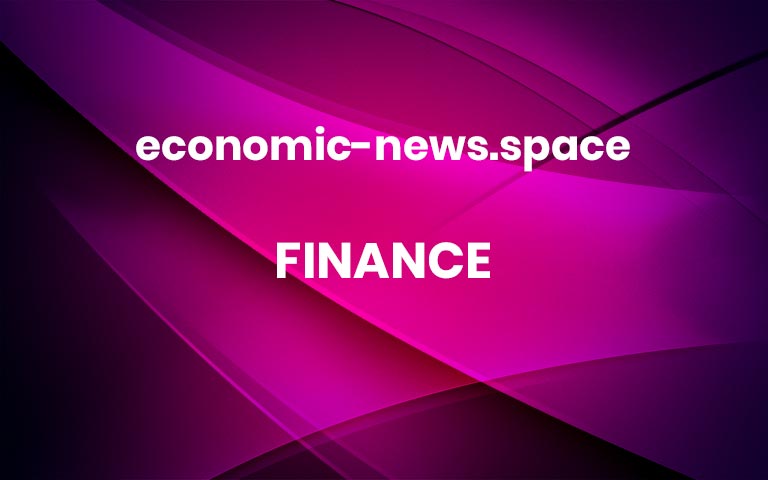First Berkshire Hathaway annual meeting without Charlie Munger: What to expect from Warren Buffett

Warren Buffett walks the floor and meets with Berkshire Hathaway shareholders ahead of their annual meeting in Omaha, Nebraska on May 3rd, 2024.
David A. Grogan
When Warren Buffett kicks off Berkshire Hathaway’s annual shareholder meeting on Saturday, the absence of Charlie Munger will be on everyone’s mind.
Some 30,000 rapt shareholders are descending on Omaha for what’s been called “Woodstock for Capitalists.” Pandemic lockdown apart, it will be the first without Munger, Buffett’s longtime partner who passed away in November about a month shy of his 100th birthday.
“The meeting will only have one comedian up there” this year, said David Kass, a finance professor at the University of Maryland and a Berkshire shareholder, who has attended more than 20 annual meetings. “There’ll be, let’s say, a more serious, less humorous background.”
The annual meeting will be exclusively broadcast on CNBC and livestreamed on CNBC.com. Our special coverage will begin Saturday at 9:30 a.m. ET. For the first time, Berkshire will broadcast its annual meeting movie that had previously always been reserved only for those in attendance in Omaha. Many speculate this year’s will be a tear-jerker tribute to Munger.
Vice Chairman of Non-Insurance Operations Greg Abel, Buffett’s designated successor, will fill Munger’s seat in the afternoon session, helping answer shareholder questions. Vice Chairman of Insurance Operations Ajit Jain will join Buffett, the CEO, and Abel in the morning session. Buffett has said they expect to field about 40 to 60 questions Saturday.
“The tone of the meeting is certainly going to be a lot different without Charlie,” said Steve Check, CEO of Check Capital Management and a longtime Berkshire shareholder. “He was the one that really made it funny. It’s getting closer and closer to the transition, so it’s good to see Ajit and Greg on the stage.”
Warren Buffett and Charlie Munger at a press conference during the Berkshire Hathaway Shareholders Meeting, April 30, 2022.
Munger’s investment philosophy rubbed off on Buffett early on, giving rise to the sprawling conglomerate worth $860 billion that Berkshire is today. Generations of investors also appreciated Munger’s trademark bluntness and humor, rare to come by on Wall Street.
If anything, the sea of Buffett admirers will cherish his folksy wisdom even more as the “Oracle of Omaha” turns 94 in less than four months.
Here are some of the big topics shareholders want Buffett to discuss:
Inflation: Price pressures have proved sticky lately. What impact is inflation having on Berkshire’s businesses? Which businesses are being hurt (and helped) the most?
Apple: Why did Berkshire trim its Apple stake in the fourth quarter? Investors will look for Buffett’s outlook on the tech stock given its challenges in China and recent news of a giant, $110-billion stock buyback.
Secret stock pick: Berkshire has been buying a financial stock for two quarters straight. What is it?
Record cash: Does Buffett plan to put his record level of cash to work?
A slowdown in buybacks: With Berkshire shares outperforming this year, will Buffett continue to slow down his own buyback program?
Life after Buffett: More details on Berkshire’s succession plan.
Macro commentary
The annual meeting comes at a tricky time for markets as a pickup in inflation puts the brakes on the Federal Reserve’s plan to cut interest rates this year. While the Berkshire CEO doesn’t make investment decisions based on daily headlines, investors still are eager to hear any market commentary and guidance from the protege of the father of value investing, Ben Graham.
“They don’t time their investments,” Kass said of Berkshire. “The economy goes through cycles. They totally ignore cycles. They invest for a long run, and they really ignore what pretty much what the Federal Reserve is doing. I believe that will be his answer.”
Apple
Shareholders may seek an explanation as to why Berkshire sold about 10 million Apple shares (1% of its massive stake) in the fourth quarter. At the end of 2023, Berkshire owned 905,560,000 shares of the iPhone maker, worth more than $174 billion and taking up more than 40% of the portfolio.
The move came as a surprise to many because Apple has been Buffett’s favorite stock for years, and he even called the tech giant his second-most important business after Berkshire’s cluster of insurers. What’s more, the last time Buffett trimmed this bet, he admitted it was “probably a mistake.’
Arrows pointing outwards
Shares of the iPhone maker got a big boost Friday after the firm announced that its board had authorized $110 billion in share repurchases, the largest in company history. However, Apple posted a decline in overall sales and in iPhone sales.
Secret holding
There’s a small chance that Buffett will reveal the identity of the mystery bank stock that Berkshire has been buying for two quarters straight.
In the third and fourth quarters of 2023, Berkshire requested that the Securities and Exchange Commission keep the details of one or more of its stock holdings confidential. Many speculated that the secret purchase could be a bank stock as the conglomerate’s cost basis for “banks, insurance, and finance” equity holdings jumped by around $2.37 billion.
“He will comment as late as possible…. Charlie would be the only one that would let it slip once in a while. It’s not going to happen with Warren,” Check said.
Succession
Berkshire’s succession could be front and center at this meeting after Munger’s passing. Abel, became known as Buffett’s heir apparent in 2021 after Munger inadvertently made the revelation.
Abel has been overseeing a major portion of Berkshire’s sprawling empire, including energy, railroad and retail. Buffett revealed previously that Abel’s taken on most of the responsibilities at Berkshire.
Still, some questions remain as to who will be helping allocate capital at Berkshire, and the roles of Buffett’s investing managers Ted Weschler and Todd Combs, who is also the CEO of Geico. More


